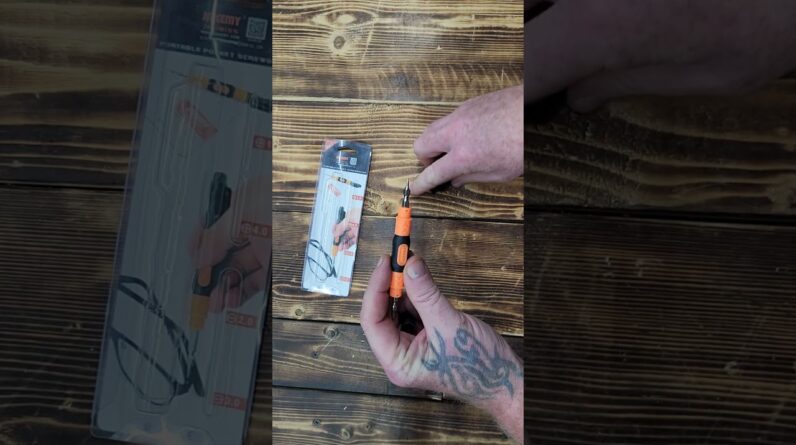
Prepper 101 – Survival Prepping For the 21st Century
Survival prepping involves preparing for a number of calamities, both natural and man-made. Preparation is not about having all the latest supplies. It also involves preparing for a possible SHTF (Sustainable Human Temporary Emergencies) scenario. There are no guarantees of survival, but it’s important to understand that disasters can strike without warning. Listed below are some ideas on how to survive during a disaster.
First, you can start by preparing yourself. It can be a great idea to gather together a group of friends or family members. You’ll have more people around to help if you share the burden of preparing. Try sending each other links to pre-populated gear to keep the conversation low-key. Alternatively, you can sign up for local training that involves mutual aid. These groups will provide you with support and a place to practice what you’ve learned.
Once you’ve gathered basic supplies for an emergency, practice them as much as possible. Whenever possible, conduct a practice run with family members and friends. Preparing with your family makes it easier to keep the supplies you need safe and accessible. This is similar to a multi-level marketing scheme for survival preparedness. But, rather than focusing on buying new gear, consider acquiring second-hand items that you can reuse or recycle.
If you want to learn more about survival prepping, you can visit the American Preppers Network. This organization, founded by Phil Burns and Hugh Vail, aims to build self-reliance in American families. The network’s extensive online library offers a wealth of information. Other popular blogs for survival preparation are Preparedness Advice and the Prepper Project. Preparedness Advice covers food storage and other survival products. For more information, check out the other blogs listed below.
When it comes to food, most prepper plans include six months’ worth of food. But this amount of food is far less important than the amount of water you plan on having. Survivalists generally carry about two weeks’ worth of food and six months’ worth of water. In addition, make sure that your water supply is as extensive as your food stores, as you might not be able to access clean water from the tap. Besides, you’ll need to know how to purify water if necessary.
Some prepper plans call for bugging out. While you might be in the city, a bugging-out plan may be necessary. Preparation can help you get to a safe, protected location far from the dangers of civilization. In addition to bugging out, you can also prepare for a crisis by getting a good book and preparing for it. In the event of an emergency, you’ll have a wealth of survival information at your fingertips.
Another important thing to remember when it comes to prepping is that it’s not a one-time project. You should replace old supplies periodically. Hunkering down is a great way to be prepared if you’re trapped in a home, but you’re also better off preparing for an extended period of time in case of an emergency. You’ll be glad you did. This is especially true if you don’t have the luxury of time to go out and buy more supplies.
While 72-hour preparedness is much better than nothing, most modern experts recommend a two-week plan. Most disasters, including natural disasters, can quickly overwhelm emergency systems. First responders and community supplies can’t handle sudden, widespread disasters. Consider hurricane Harvey, the Haiti Earthquake, and California wildfires as examples of situations where disaster preparedness was vital. So, if your preparation plan doesn’t include full-scale shelter and bunker preparation, it’s not worth preparing for such an event.
Whether you’re in the military, preparing for a disaster, or simply planning ahead, preparation should be a priority. The most common disruptions to normal life are financial problems and medical issues. A prepared prepper will prioritize these emergencies first. Statistics show that nearly 50% of all Americans can’t handle a $500 emergency without their credit cards! Aside from preparing for disasters, a prepared individual can spend the time learning about the latest survival skills.
Aside from the obvious physical protection, survival prepping also requires you to be aware of your potential enemies. If you’re serious about survival prepping, protecting your family and your stockpile should be a top priority. It’s vital to be aware of potential enemies and take the necessary precautions to keep them at bay. When it comes to securing your survival stockpile, armed protection can make or break your prepping plans.






